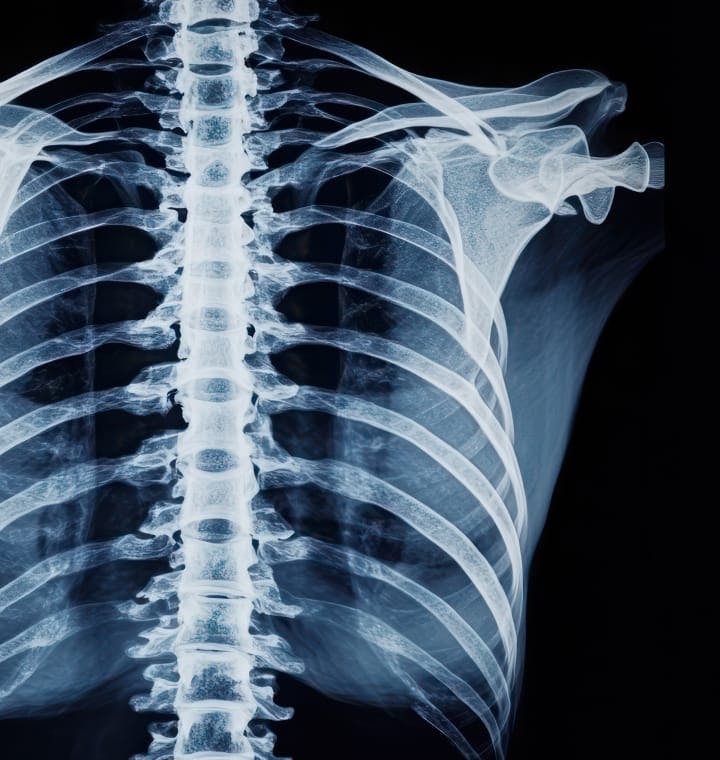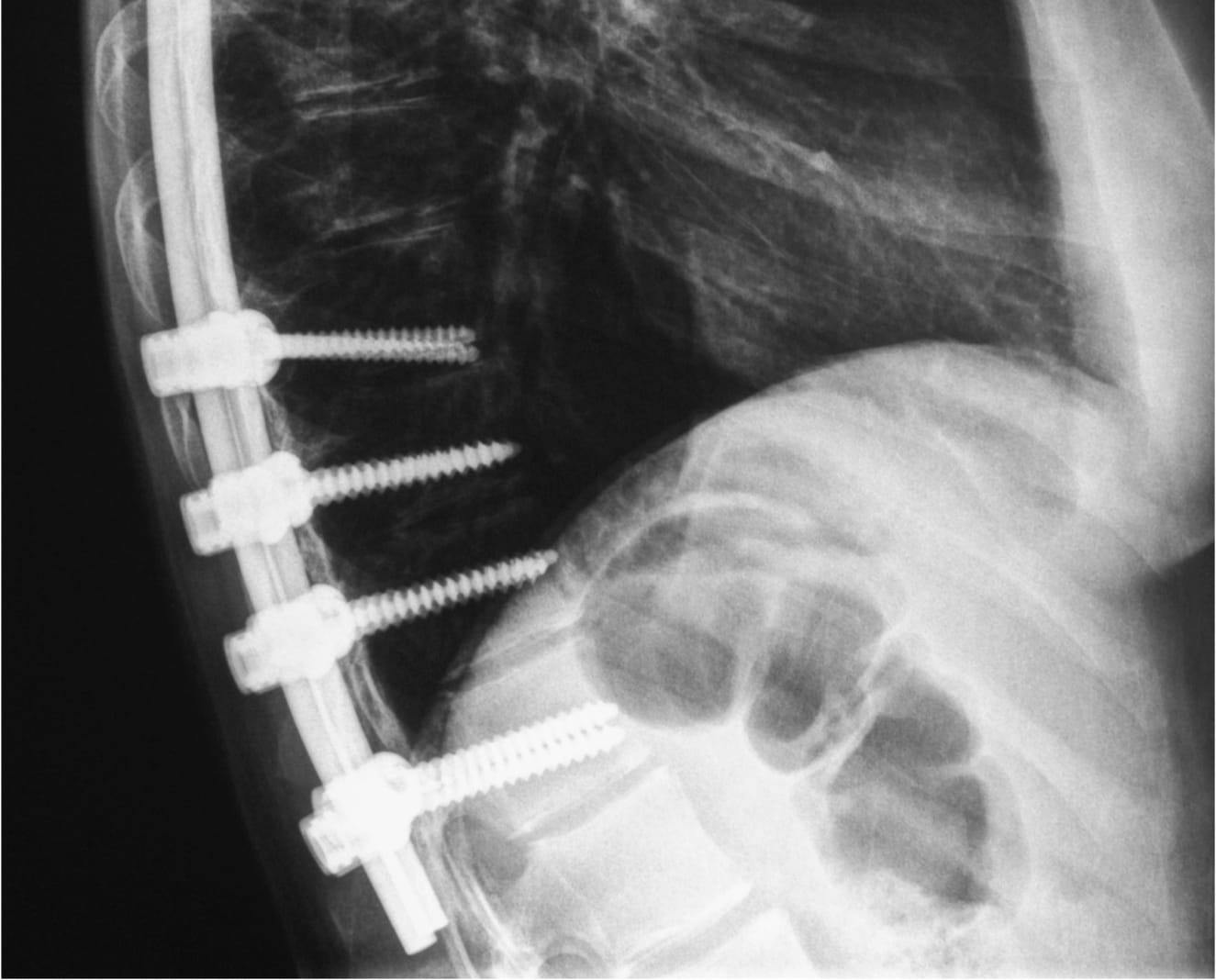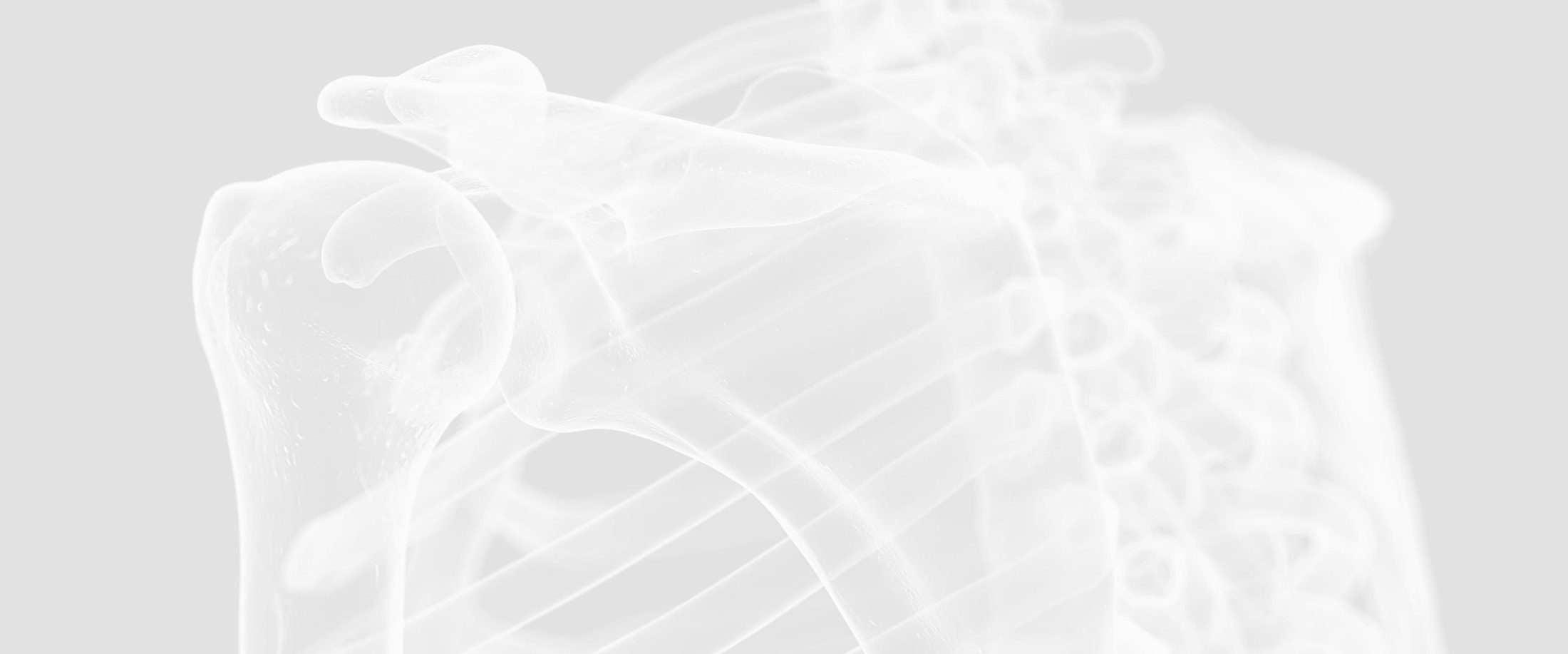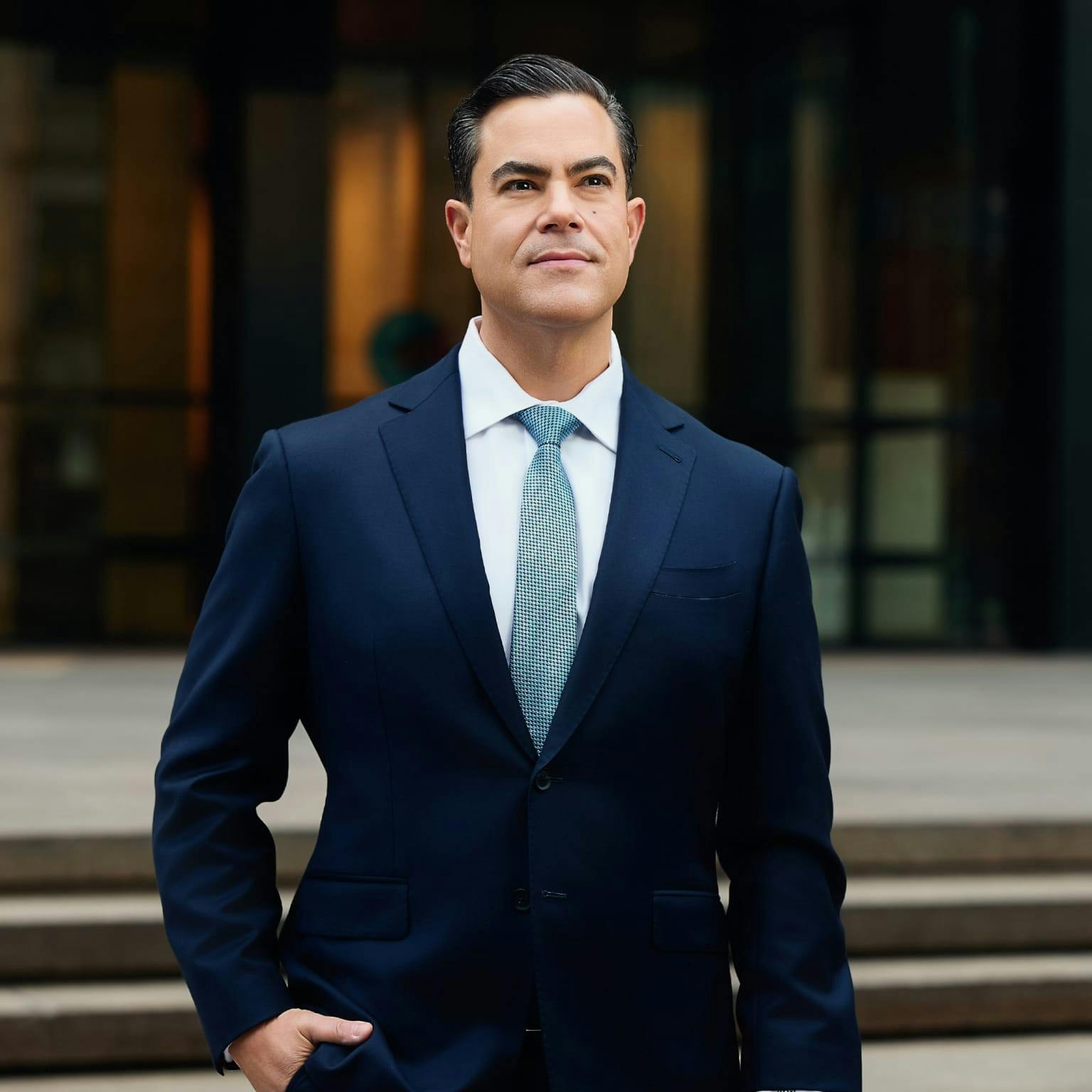Take a proactive step toward restored spinal alignment and comfort at our Englewood location.
What Types of Bone Grafts Are Available?
There are several different types of bone grafts available for scoliosis surgery.
- Autograft: The patient's own bone, often taken from the surgical site or hip.
- Allograft: Donated bone from a certified bone bank.
- Bone Graft Substitutes: Synthetic or engineered materials available in various forms.
Dr. Stieber will discuss these choices with you before surgery, weighing factors like healing potential, convenience, and suitability for your situation.







